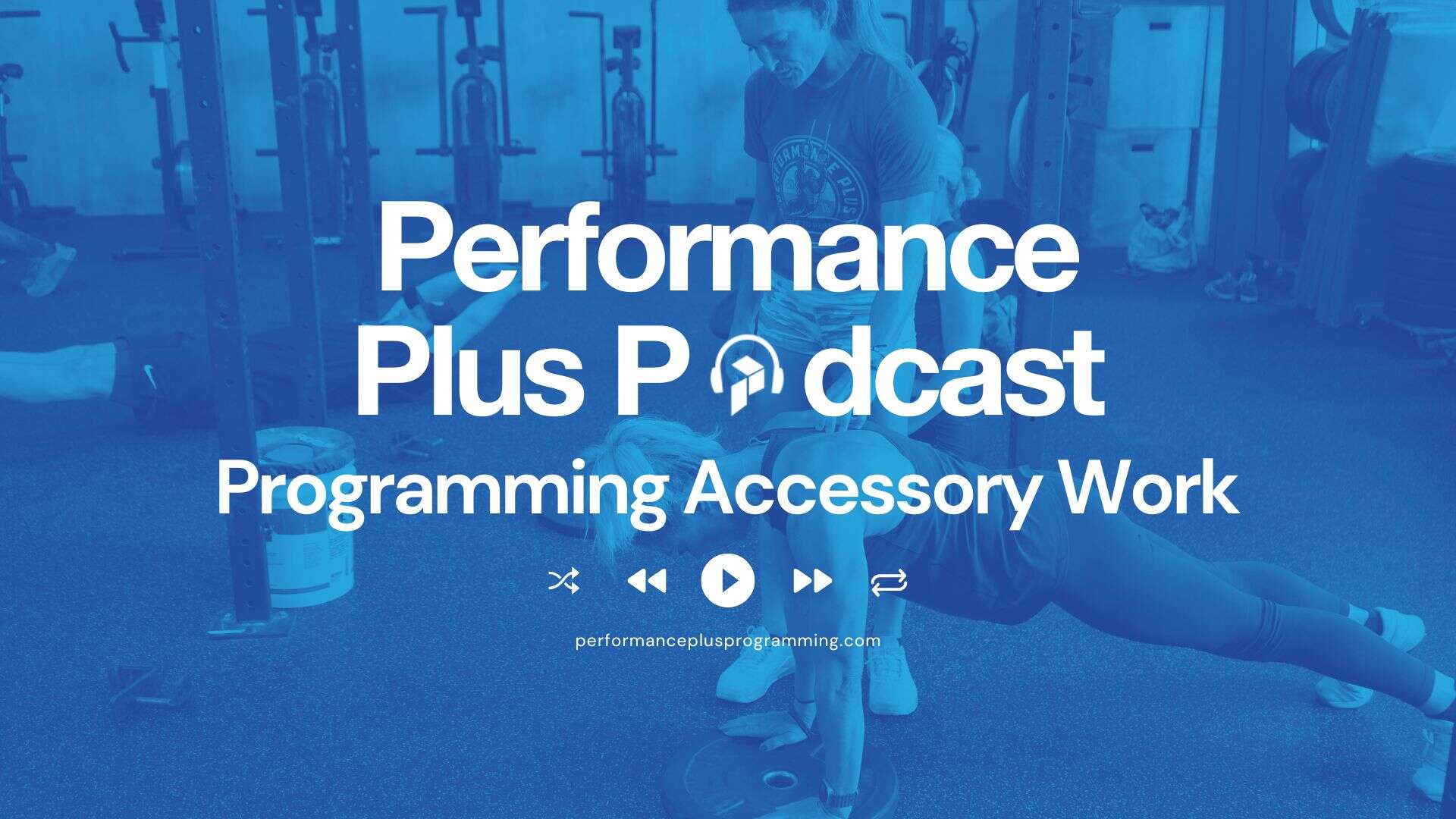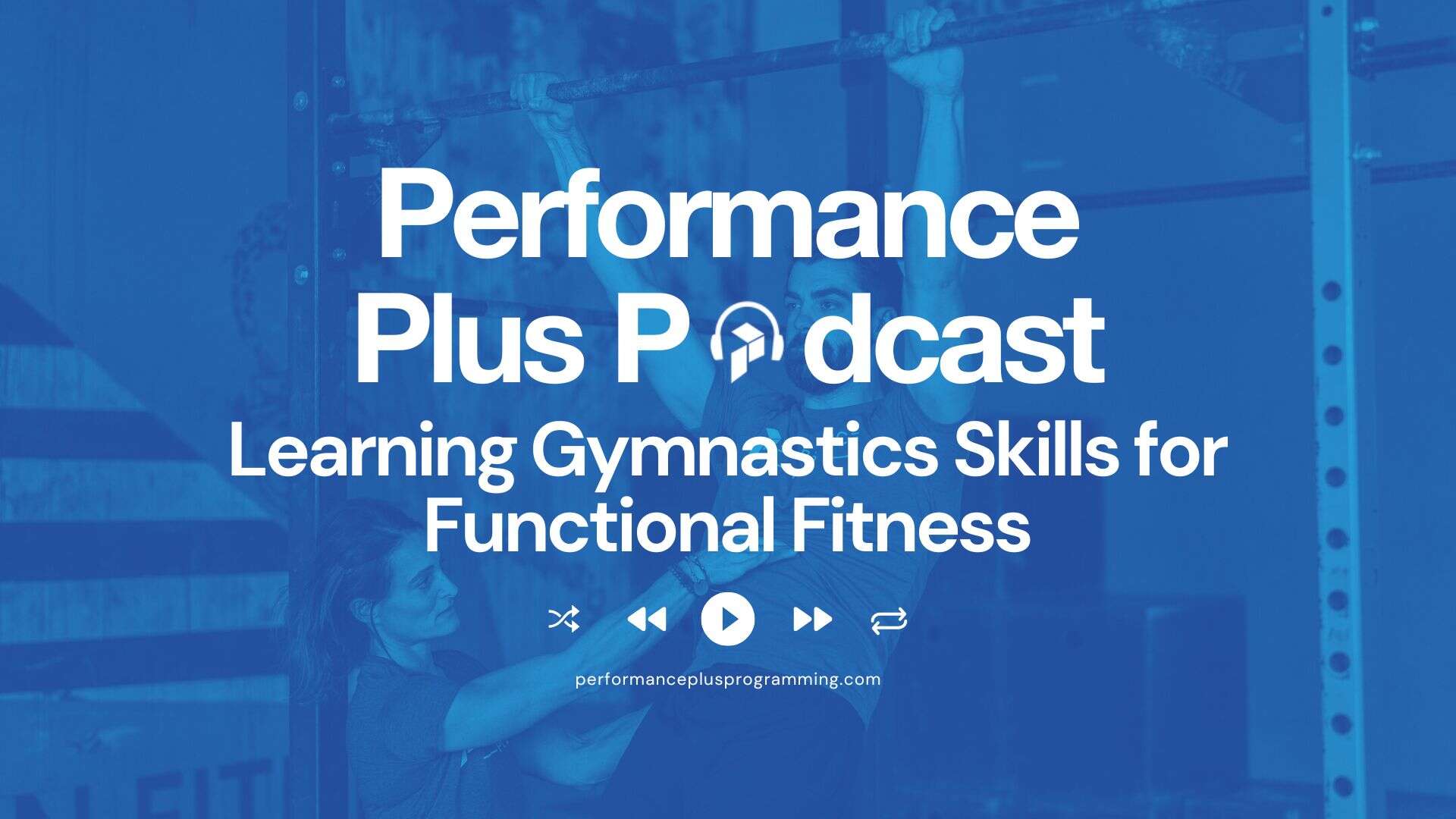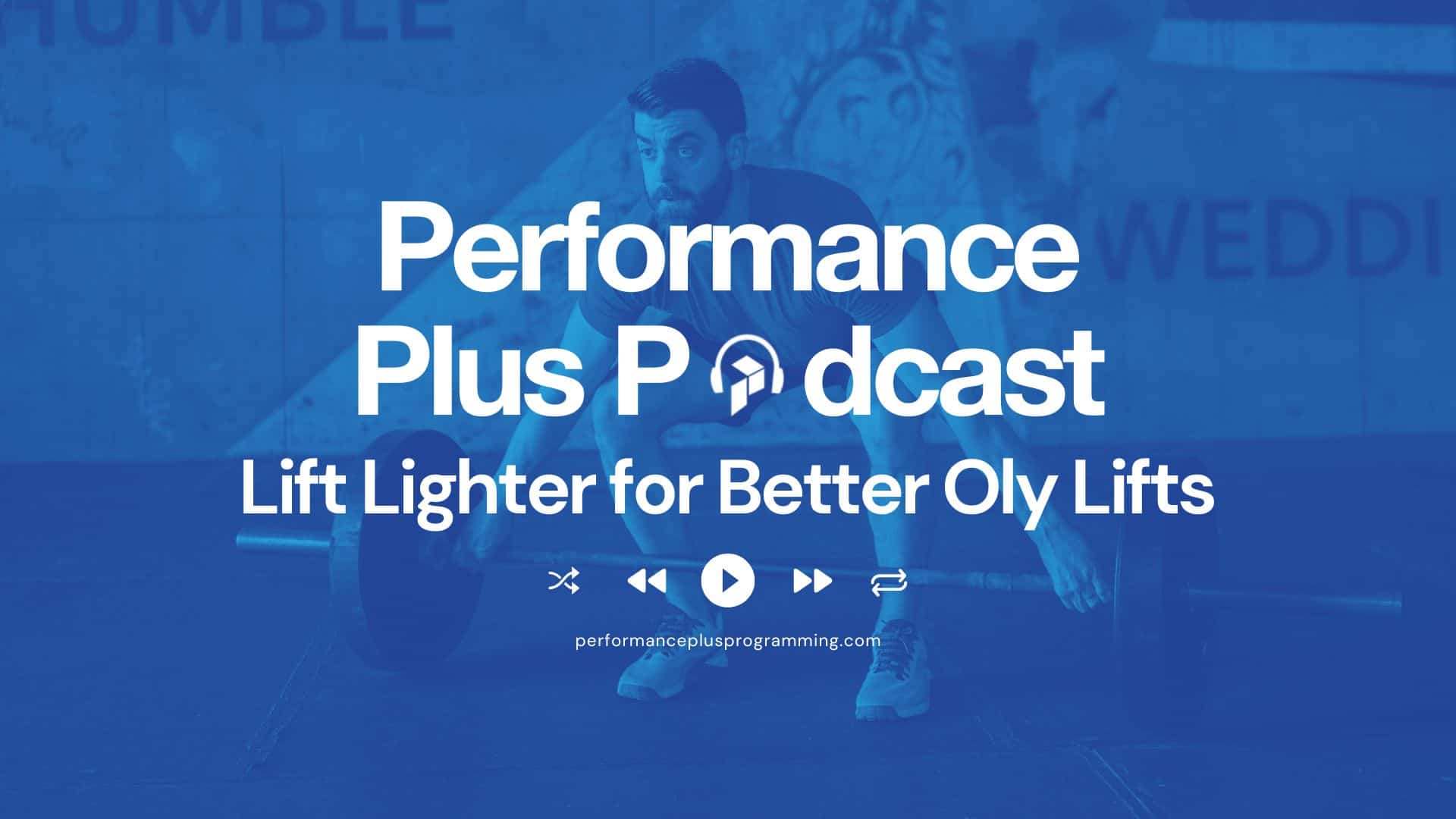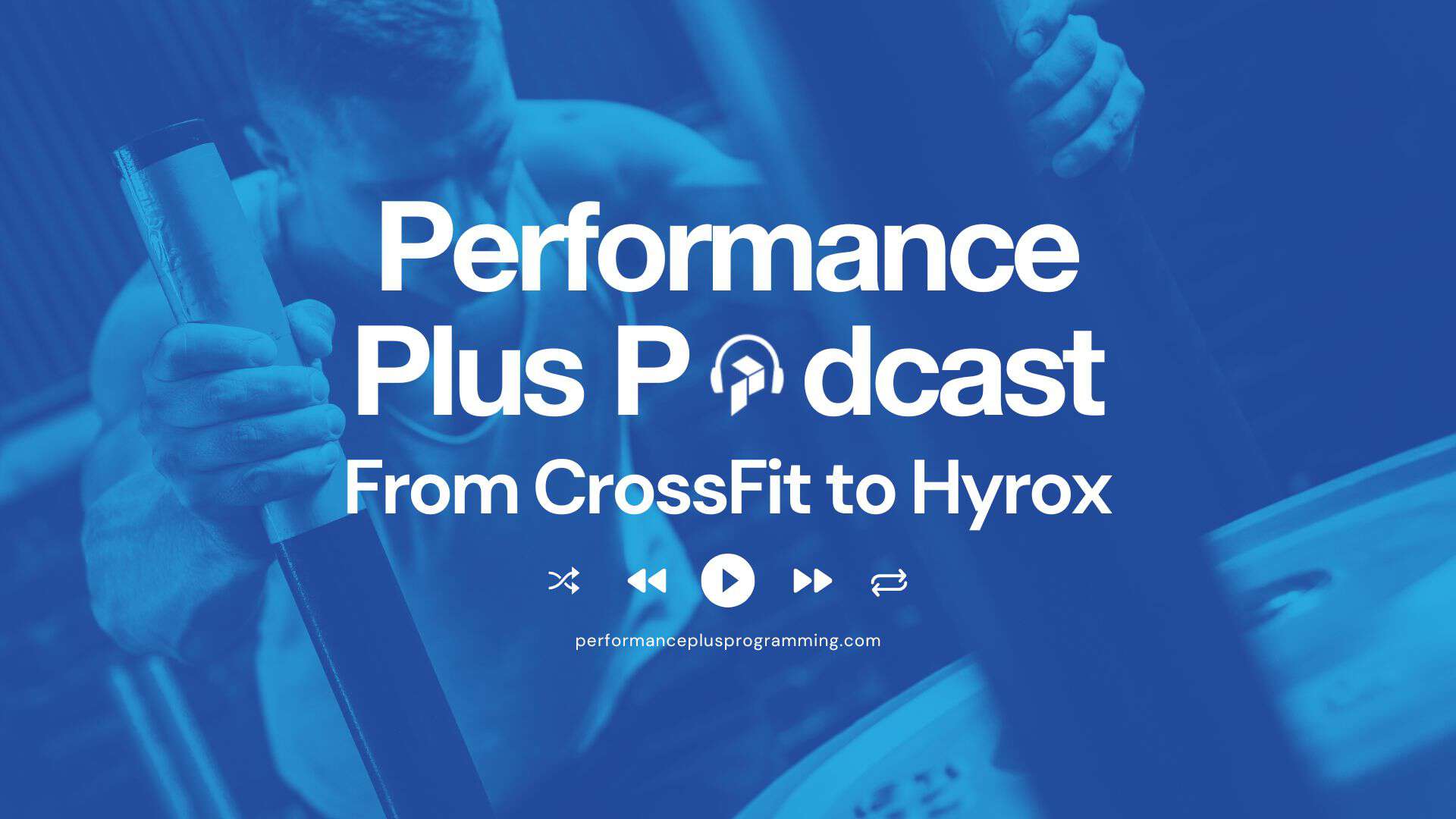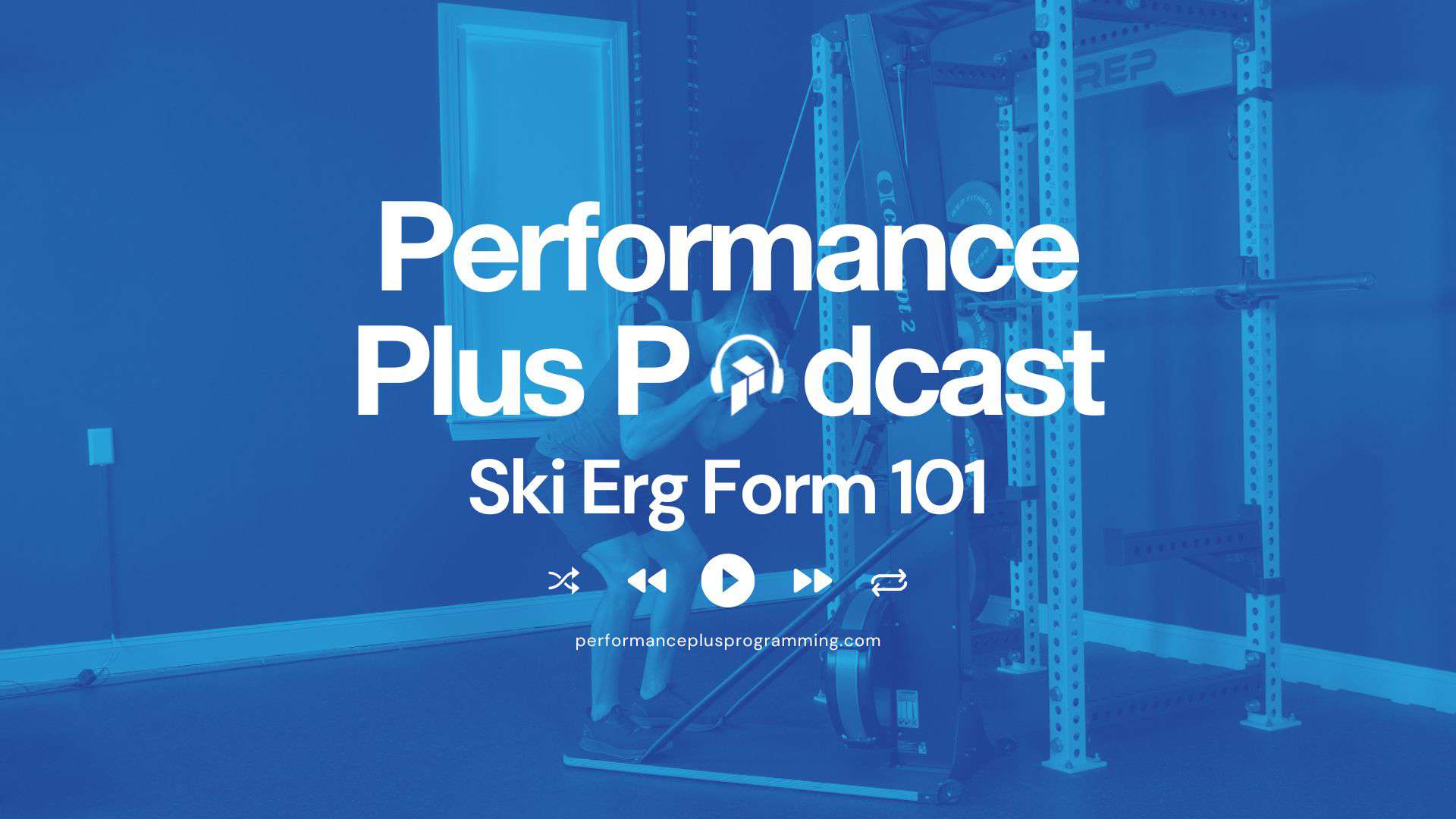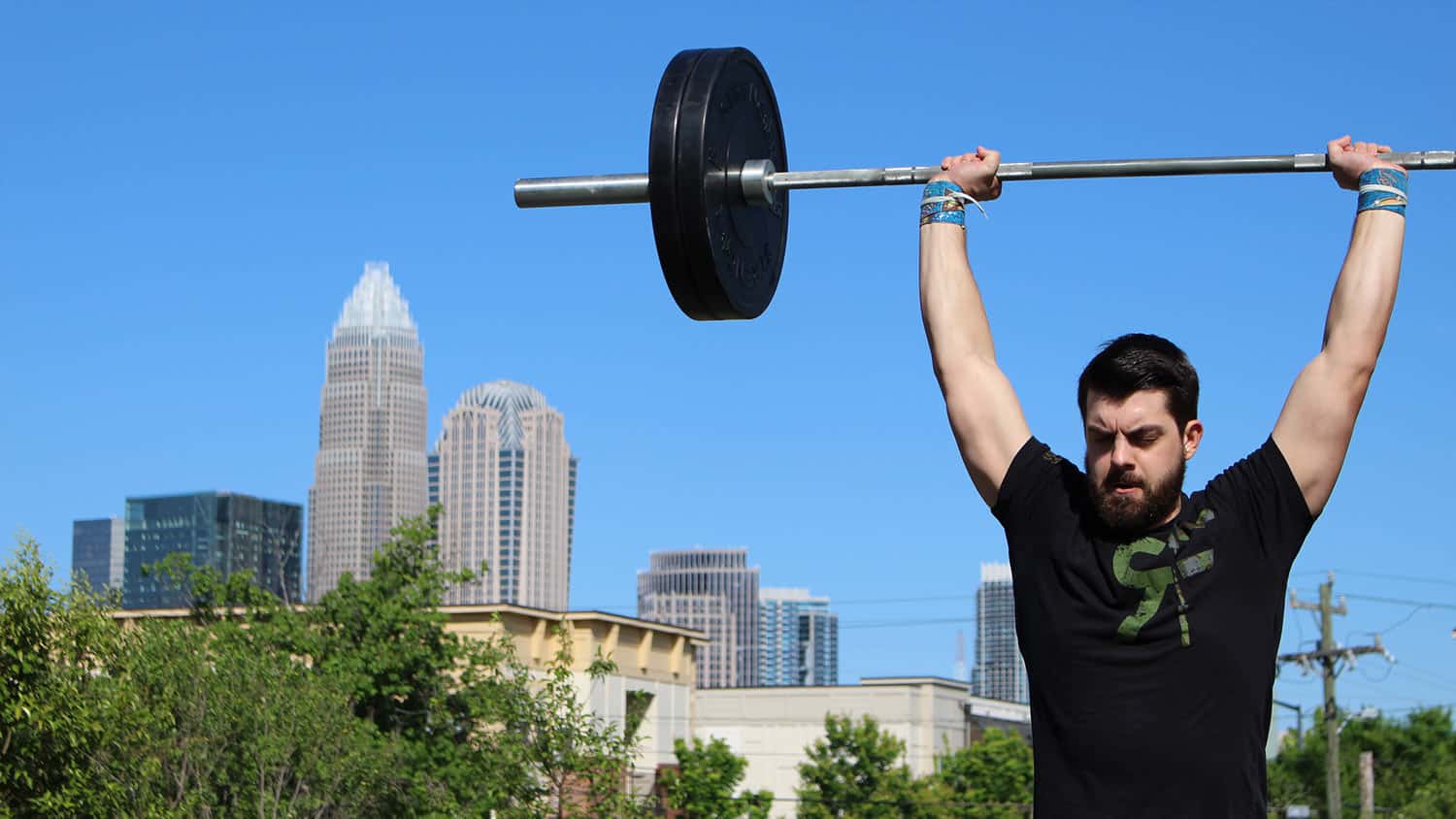
Shoulder Pain with Snatches
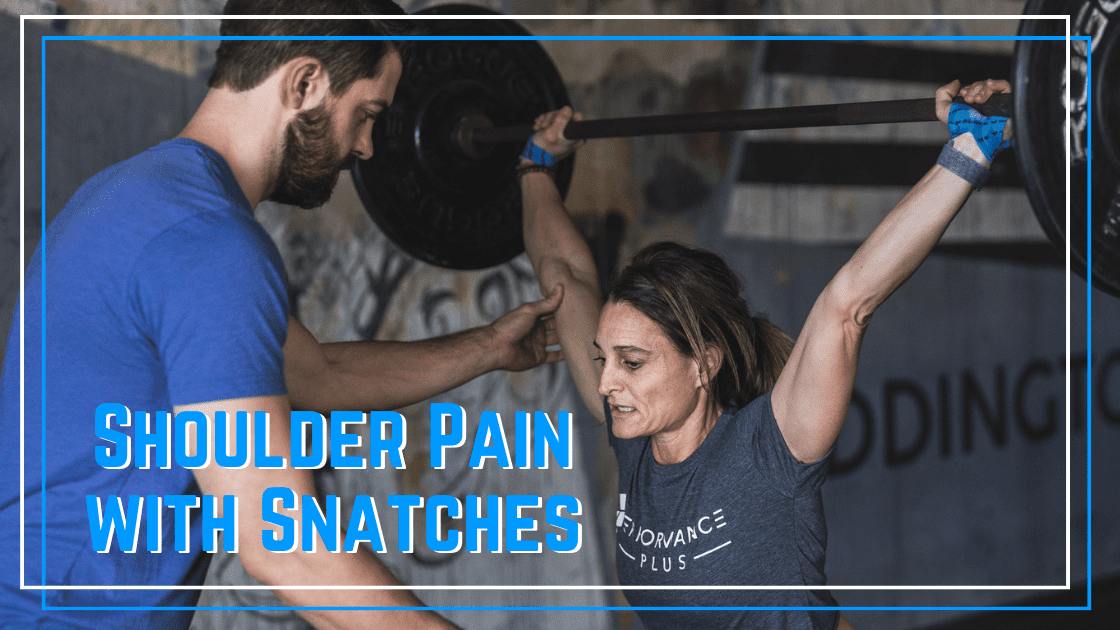
One of the most common complaints we hear fitness athletes dealing with is shoulder pain during snatches or overhead squats. If you need help improving your snatch positioning or reducing shoulder pain, check out this video for a few great tips!
Shoulder Pain with Snatches Transcript
Hey everybody, Zach and Pamela from performanceplusprogramming.com and today, we’re talking about shoulder pain with snatches, which is a really common complaint we hear from athletes performing the snatch. We want to talk about four things that are really important to consider if you’re rehabbing shoulder pain from snatches.
The first two are around mobility which is crucial for the snatch and the overhead squat, which challenge mobility more than almost any other movements in all of sports. So Pamela’s going to demonstrate a couple of overhead squats.
Importance of Shoulder Angle
When it comes to proper form and technique in the gym, one area that often gets overlooked is the shoulder angle. Many people focus on their posture and positioning of the torso and legs, but fail to pay attention to the angle at which their shoulders are positioned in relation to their torso. However, maintaining the correct shoulder angle is essential for preventing injury and optimizing performance.
The Angle of the Shoulder in Relation to the Torso
The angle of the shoulder in relation to the torso should not be extreme. Ideally, the shoulders should be aligned with the torso, creating a near straight line from the shoulder joint to the hips. When the shoulder angle is too open because of a forward leaned torso, it puts unnecessary stress on the joints and can lead to discomfort and even injury.
Overhead Squatting with an Upright Torso
One of the best ways to ensure a healthy shoulder angle is by squatting with an upright torso. This helps to align the shoulders with the torso and prevents them from being put into an extreme position.
By keeping an upright torso during squats, you will be better able to support and stabilize the barbell overhead. When overhead squatting, focus on keeping your chest up and pushing your knees forward.
Ankle Mobility and Squatting
Ankle mobility is a crucial factor that can greatly affect your squatting technique. Whether you are an athlete, a fitness enthusiast, or someone who simply wants to maintain a healthy and active lifestyle, understanding the importance of ankle mobility in squatting is essential.
Preventing Leaning Forward in the Overhead Squat
One of the primary benefits of having great ankle mobility is the ability to prevent leaning forward excessively during a squat. When your ankles lack mobility, it can lead to compensations in your movement and put unnecessary stress on other areas of your body.
By maintaining good ankle mobility, you can achieve a more upright posture during a squat, which helps to distribute the load evenly and allows you to engage the muscles in your lower body more effectively. This not only helps to prevent injuries but also allows you to maximize the benefits of the exercise.
Tight Lats and Shoulder Irritation
While ankle mobility is crucial, it is also essential to consider other factors that can impact your overhead squatting technique. One such factor is the tightness of your lats, which can cause the arms to rotate inward during a squat.
When the arms rotate inward, it can lead to shoulder irritation and discomfort. This can be particularly problematic when performing exercises that require a deep squat position, such as front squats or overhead squats.
Therefore, it is important to address any tightness in the lats through stretches and mobility exercises. By improving the flexibility of your lats, you can maintain proper arm alignment during a squat and minimize the risk of shoulder irritation.
Ankle mobility and addressing tightness in the lats are crucial aspects of squatting technique. By prioritizing ankle mobility and ensuring proper arm alignment, you can optimize your squatting form, prevent injuries, and maximize the benefits of this effective lower body exercise.
Shoulder Strength & Stability
From there, we need to understand the extreme demands to throw a bar overhead has on our shoulder joint strength and stability. So I’m going to show you two exercises that I think are really good for overhead positions in athletes fighting painful shoulders.
To build up rotator cuff strength and stability. The first is Squat Ys. So Pamela drops down to the bottom of the squat. She’s got her thumbs up while she holds a lightweight and this does not take a very heavy weight here. 2.5lb plates or five-pound plates weren’t great for most people. And she’s simply alternating hands going back and forth bringing her hands out to about her snatch or overhead squat grip width. And what we’re doing is training her squat positioning as well as strengthening all of those muscles in her upper back in her posterior rotator cuff that are so important for shoulder health.
Then we also need to address the fact that with throwing weights overhead, if we’re weight lifting, if we’re snatching, really rapidly, and we have to be able to stabilize that quickly. So we also want to train shoulder stability, and there are several great exercises for that. A really simple one that you can just incorporate into your warm-up regularly is to do some overhead carries. So get a kettlebell overhead, a barbell overhead, dumbbells overhead, get it overhead, have an active shoulder position where you’re pressing up into that, and go for a walk with it.
Conclusion
For all of those areas, if you struggle with your ankle mobility, your overhead mobility, your shoulders strengthen stability. We’ve got plans at performanceplusprogramming.com that have you covered. There are short accessory wods that you can add to the end or before your workout to get that extra little bit of work that’s gonna pay big dividends long term in terms of your performance and your overall health.
